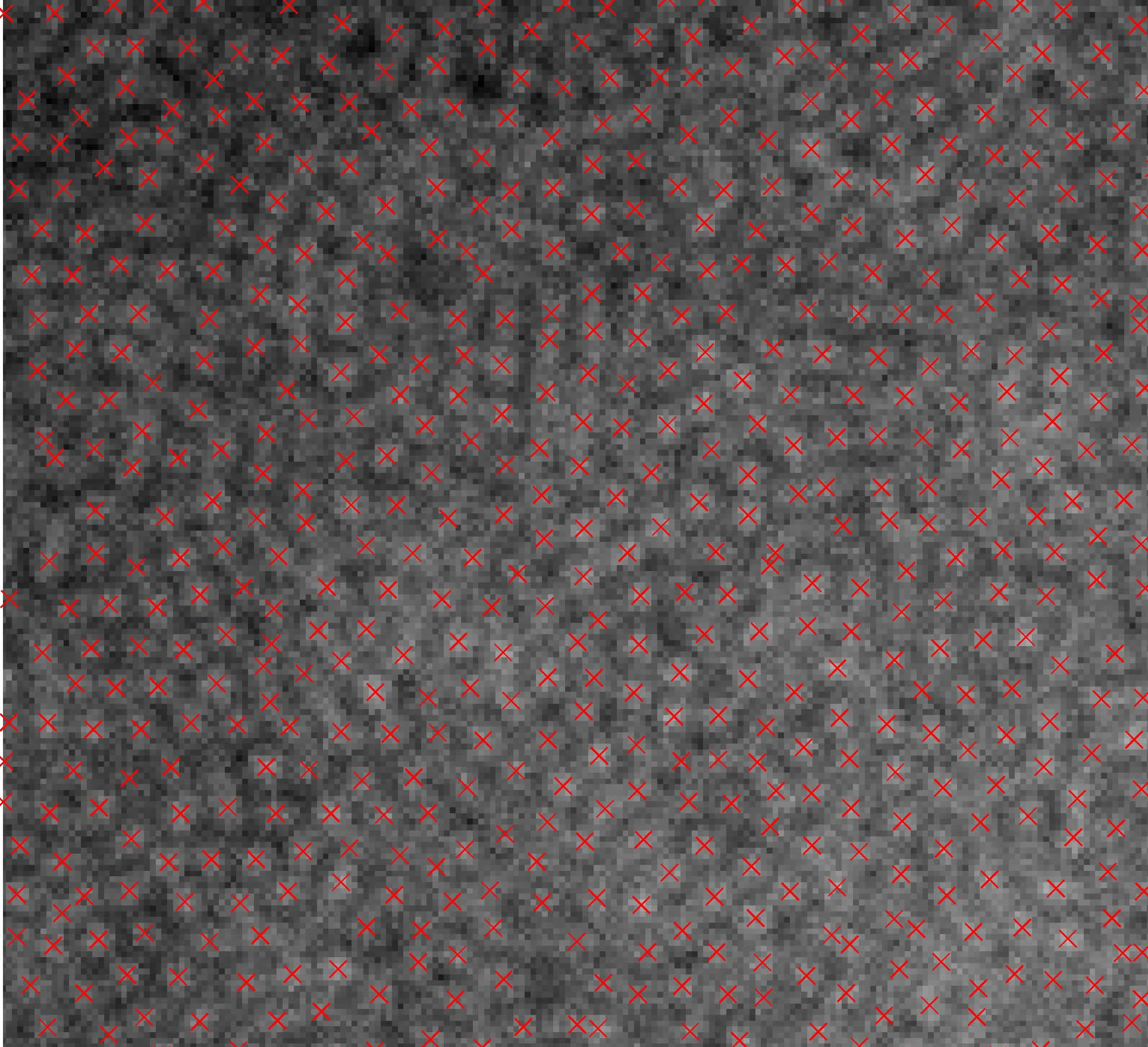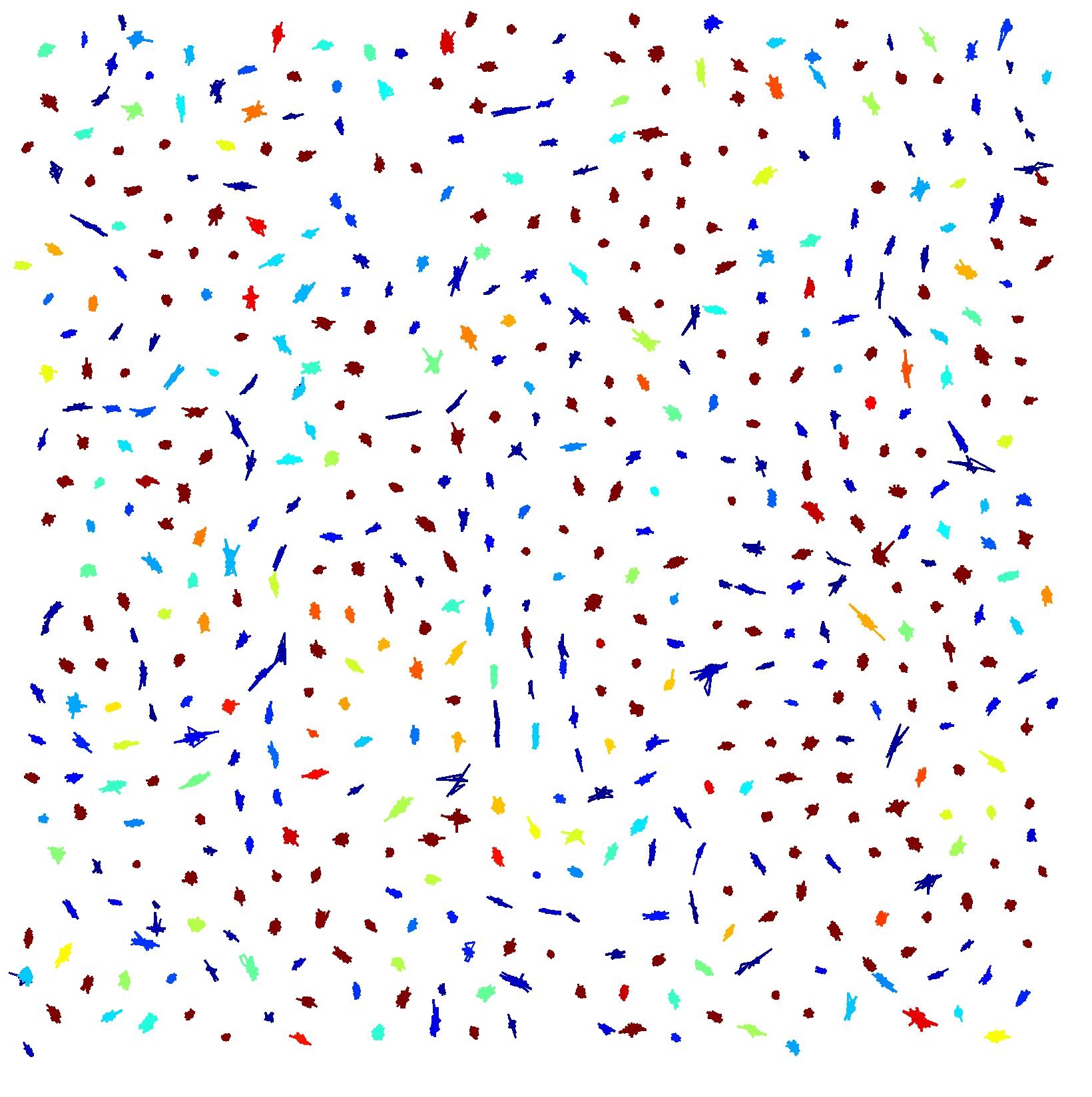Research
Jamming in Colloidal Suspensions:
In collaboration with Sid Nagel's group, we study jamming in dense soft colloidal systems in three dimensions. Using N-isopropylacrylamide (NIPA), a temperature responsive polymer, colloids the size of the colloids, and hence the volume fraction can be continuously changed while the system is being observed. As the volume fraction is change the colloids go from being a gas, simple Brownian motion, to a jammed state where the colloids movement has become highly restrained. The idea of jamming and the jamming phase diagram, introduced by Nagel and Liu, provides a
frame work to understand this change. Using the language of the jamming phase diagram, the system is at finite temperature, zero shear
stress and has a tunable volume fraction. Using high speed confocal microscopy to image particle trajectories deep into the sample the dynamic and static signatures of the jamming transition can be studied.
The idea of jamming has been proposed as a way of understanding the glass transition. By better understanding amorphous colloidal systems
at the jamming transition we may be able to better understand the glass transition, which is one of the last unsolved problems in condensed matter physics


Figure (left): Image of 1 micron colloidal particles with centers of particles identified (red x); (right): Trajectories of the motion of the colloidal particles over time, color-coded based on mean speed.
See also:
Force Transmission at Cell Adhesions
Self-Assembly and Biophysical Properties of Actin Networks and Bundles
| Margaret Gardel's Office
University of Chicago |
Laboratory
University of Chicago |